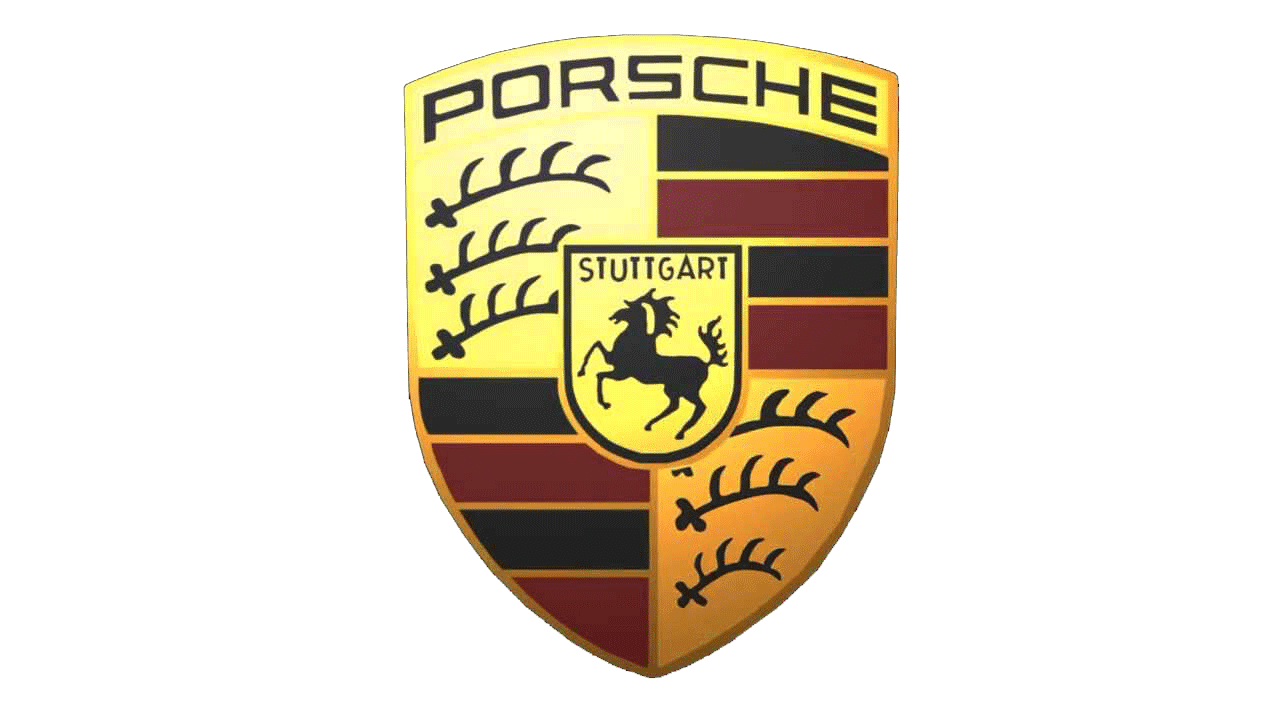1967 Porsche 910

The descriptions of the Classic Cars in the Directory were partly generated or supplemented with the help of artificial intelligence (AI). The content may occasionally not always be entirely accurate or factually correct despite careful checking.
The Porsche 910 was an iconic racecar produced by Porsche from 1966 to 1967. It was a rear-engined vehicle built for endurance racing, and it's technical specifications showed it was a true marvel.
Powered by a 2.0-litre, flat-six engine, the Porsche 910 produced 222 horsepower at 8,500rpm, allowing it to hit a top speed of 170 mph. The engine was paired with a five-speed manual transmission, and the car's overall weight was just 1,500 pounds. This meant that the power to weight ratio was impressive, making for a truly exhilarating driving experience.
The body of the Porsche 910 was extremely aerodynamic, with its long, swept-back tail and low, curvaceous nose helping to minimize drag. The car's fiberglass body was mounted on a light and strong tubular steel frame, and it featured a number of unique features such as gull-wing doors and an adjustable spoiler.
The suspension system of the Porsche 910 was also advanced for its time. The car featured a double-wishbone suspension up front, with coil-over shock absorbers and anti-roll bars, while the rear suspension was an independent system with torsion bars and trailing arms. All of these features gave the car excellent handling characteristics, allowing it to take corners with ease and precision.
One of the most unique technical features of the Porsche 910 was its use of a magnesium alloy for its wheels. This was the first time that magnesium had been used on a Porsche racecar, and it helped to reduce the car's weight even further, while also providing excellent strength and durability.
Another technical feature worth noting is the car's braking system. The Porsche 910 featured a four-wheel disc brake system with ventilated rotors, providing excellent stopping power even at high speeds.
In conclusion, the Porsche 910 was a truly remarkable racecar with advanced technical specifications for its time. With its powerful engine, lightweight body, advanced suspension and braking system, and innovative use of materials, it was a car that set new standards in the world of endurance racing, and one that continues to be admired and celebrated by car enthusiasts and collectors alike.
Milestones
- 1966: Porsche 910 introduced as successor to the 906 - Designed as a Le Mans race car with improved aerodynamics - Powered by a 2.0-liter, six-cylinder engine producing 210 horsepower - Lightweight construction, featuring fiberglass body panels and a tubular space frame - Dominated the 1967 European Hill Climb Championship, with victories at Mont Ventoux, Rossfeld, and Ollon-Villars - Competed in the 1967 24 Hours of Le Mans, finishing fifth overall and winning the Group 6 class - Featured advanced technology for the time, including a five-speed manual gearbox and disc brakes all around - Considered a pivotal car in Porsche's racing history, helping set the stage for future models like the 917 and 935Technical
- The Porsche 910 was a race car produced by Porsche from 1966 to 1967 - It was designed by Ferdinand Piech and built by Porsche's racing division, Porsche Motorsports - The car featured a lightweight, aluminum body with aerodynamic features such as a low-slung profile and a prominent rear spoiler - It was powered by a flat-six, air-cooled engine that produced 220 hp and was mated to a 5-speed manual transmission - The car had a top speed of 155 mph and could accelerate from 0-60 in 5 seconds - It was built on a tubular space frame chassis and had independent suspension all around with coil springs and adjustable dampers - The 910 competed in many races including the 24 Hours of Le Mans, the Targa Florio, and the Nurburgring 1000 km race where it achieved multiple victories and podium finishes - It was succeeded by the Porsche 907 and later the Porsche 908 in Porsche's racing lineup.